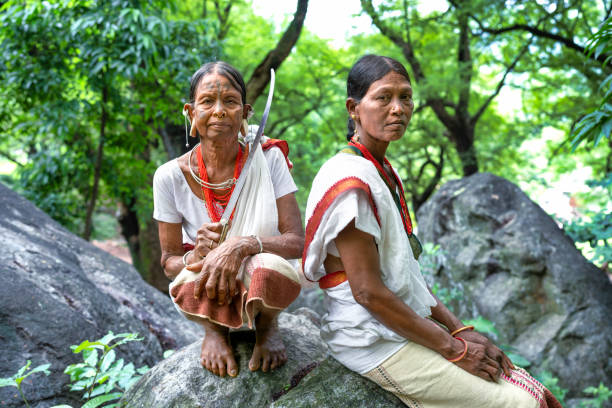In the remote tribal belts of Odisha, wild flowers are more than just seasonal blossoms scattered across the forests; they are silent companions of life, shaping culture, health, and livelihood. For generations, communities like the Kondh, Saura, and Juang have lived in deep harmony with their natural surroundings, weaving wild flora into their daily existence. These flowers, found abundantly in the hills, meadows, and forest fringes, are not merely admired for their beauty but cherished as sources of food, medicine, ritual, and sustenance.
During spring and summer, flowers like mahua, palash, and kendu bring not just fragrance but survival. Mahua flowers, collected carefully at dawn, are dried and stored as an important food reserve. Fermented, they turn into a local brew, while in lean months they are boiled into porridge or sweet cakes that fill hungry stomachs when harvests fail. Kendu flowers, on the other hand, are rising in value as they find their way into local markets, earning tribal households much-needed cash. Palash blooms, fiery and bright, are not only used to dye fabrics but also to prepare herbal remedies and natural colors for festivals.
Wild flowers also carry medicinal secrets passed down through oral traditions. The knowledge of which flower heals fever, which eases stomach pain, and which soothes wounds is part of an inherited legacy that no textbook can replace. Tribal healers and elders are the custodians of this wisdom, blending petals, roots, and leaves into concoctions that sustain community health where hospitals are distant dreams. Women, in particular, preserve this knowledge, often transmitting it to daughters while collecting flowers for household use.
The spiritual and cultural bond with flowers is equally profound. Festivals, marriages, and sacred rituals are adorned with garlands made of locally gathered blooms, believed to carry blessings from the forest gods. Flowers are woven into identity, a reminder that life and faith in these regions remain deeply entwined with the rhythms of nature.
Yet, beyond tradition, wild flowers are now opening doors to economic resilience. With growing interest in natural foods and herbal products, many tribal families are beginning to sell flowers in local haats, turning what was once a seasonal collection into a sustainable livelihood. Initiatives by cooperatives and self-help groups have started exploring ways to process these flowers into products like tea, essential oils, and dyes, creating new opportunities while keeping traditions alive.
In Odisha’s tribal heartlands, wild flowers embody both memory and survival. They are food when hunger strikes, medicine when illness knocks, wealth when markets beckon, and beauty when life calls for celebration. For the tribes, every blossom is a thread in the fabric of living, a reminder that even in the simplest petals lies the power to nurture, heal, and sustain an entire way of life.

